(convert properties for internationnalized Wikifab) |
(update property name) |
||
| (7 révisions intermédiaires par 4 utilisateurs non affichées) | |||
| Ligne 1 : | Ligne 1 : | ||
| − | {{ | + | {{Tuto Details |
| − | | | + | |Main_Picture=Showerloop_08_03.jpg |
| − | | | + | |Licences=Attribution (CC BY) |
| − | | | + | |Description=<translate><!--T:1--> This is the fifth guide of [[Showerloop:_Water_filtration_and_purification_system|Showerloop]], a real-time filtration, purification & recycling system for shower water.</translate> |
| + | |Area=Energy | ||
|Type=Creation | |Type=Creation | ||
| − | |||
| − | |||
|Difficulty=Easy | |Difficulty=Easy | ||
| + | |Duration=5 | ||
| + | |Duration-type=minute(s) | ||
|Cost=0 | |Cost=0 | ||
|Currency=EUR (€) | |Currency=EUR (€) | ||
| − | | | + | |SourceLanguage=none |
| − | | | + | |Language=en |
| − | | | + | |IsTranslation=0 |
| − | |||
}} | }} | ||
| − | {{ | + | {{Introduction |
| − | |Introduction=The UV lamp comes with it's own 'ice-cream' cone shaped hose connectors, but generally they are for 1" or larger hoses and it extends out too far to look cool so it's nicer to make a custom cap which reduces the form factor. | + | |Introduction=<translate><!--T:2--> |
| + | The UV lamp comes with it's own 'ice-cream' cone shaped hose connectors, but generally they are for 1" or larger hoses and it extends out too far to look cool so it's nicer to make a custom cap which reduces the form factor. | ||
| + | <!--T:3--> | ||
You should have laser cut the cap from the previous step. It can be seen in the picture on the right, next to the lock nut and brass union. | You should have laser cut the cap from the previous step. It can be seen in the picture on the right, next to the lock nut and brass union. | ||
| − | {{ | + | <!--T:4--> |
| + | {{Warning|The cap should actually be made from something that's UVC resistant as Acrylic will allow for the transmission of harmful UV rays. PTFE is one option and the same material that the teflon tape is made from as is PVC (but you shouldn't vaporize it/laser cut it because it's harmful to your health to breathe and so don't let it into the environment either). A very simple solution would just be to coat it in several layers of white paint containing titanium dioxide which is basically where the pigment comes from. Do this for both the inner and out layer to ensure good protection. Machining this component into rustproof steel like alumnium or die casting may be the best solution in the long run. Remember the UVC is on a non visible spectrum so be practical whenever dealing with UV light.}} | ||
| − | More information and links on the bottom of the page. | + | <!--T:5--> |
| + | More information and links on the bottom of the page.</translate> | ||
}} | }} | ||
| − | {{ | + | {{Materials |
| − | + | |Material=<translate></translate> | |
| − | + | |Tools=<translate></translate> | |
| − | |||
| − | |||
| − | |||
| − | | | ||
| − | | | ||
}} | }} | ||
{{Separator}} | {{Separator}} | ||
| − | {{ | + | {{Tuto Step |
| − | | | + | |Step_Title=<translate></translate> |
| − | | | + | |Step_Content=<translate><!--T:6--> Place the lock nut inside the UV cap. Use teflon tape or hemp fibre with some mineral oil and place it inside the UV cap.</translate> |
| − | |||
| − | |||
| − | |||
| − | |||
| − | |||
| − | |||
| − | |||
|Step_Picture_00=Showerloop_08_06.jpg | |Step_Picture_00=Showerloop_08_06.jpg | ||
|Step_Picture_01=Showerloop_08_07.jpg | |Step_Picture_01=Showerloop_08_07.jpg | ||
|Step_Picture_02=Showerloop_08_08.jpg | |Step_Picture_02=Showerloop_08_08.jpg | ||
|Step_Picture_03=Showerloop_08_09.jpg | |Step_Picture_03=Showerloop_08_09.jpg | ||
| − | |||
| − | |||
}} | }} | ||
| − | {{ | + | {{Tuto Step |
| − | |Step_Content=<translate>Place the brass union inside while holding in the lock nut. Use a spanner and possibly clamp to fasten the union to the locknut.</translate> | + | |Step_Title=<translate></translate> |
| + | |Step_Content=<translate><!--T:7--> Place the brass union inside while holding in the lock nut. Use a spanner and possibly clamp to fasten the union to the locknut.</translate> | ||
|Step_Picture_00=Showerloop_08_10.jpg | |Step_Picture_00=Showerloop_08_10.jpg | ||
|Step_Picture_01=Showerloop_08_11.jpg | |Step_Picture_01=Showerloop_08_11.jpg | ||
| − | |||
| − | |||
| − | |||
| − | |||
}} | }} | ||
| − | {{ | + | {{Tuto Step |
| − | |Step_Content=<translate>Place the UV cap inside the threaded hose connector lid and add the gasket to the inner side that comes into contact with the UV lamp.</translate> | + | |Step_Title=<translate></translate> |
| + | |Step_Content=<translate><!--T:8--> Place the UV cap inside the threaded hose connector lid and add the gasket to the inner side that comes into contact with the UV lamp.</translate> | ||
|Step_Picture_00=Showerloop_08_04.jpg | |Step_Picture_00=Showerloop_08_04.jpg | ||
| − | |||
| − | |||
| − | |||
| − | |||
| − | |||
}} | }} | ||
| − | {{ | + | {{Tuto Step |
| − | |Step_Content=<translate>Tighten and you're good to go. Add a desired hose connector to the threaded union to connect the UV to the shower head.</translate> | + | |Step_Title=<translate></translate> |
| + | |Step_Content=<translate><!--T:9--> Tighten and you're good to go. Add a desired hose connector to the threaded union to connect the UV to the shower head.</translate> | ||
|Step_Picture_00=Showerloop_08_02.jpg | |Step_Picture_00=Showerloop_08_02.jpg | ||
|Step_Picture_01=Showerloop_08_03.jpg | |Step_Picture_01=Showerloop_08_03.jpg | ||
| − | |||
| − | |||
| − | |||
| − | |||
}} | }} | ||
| − | {{ | + | {{Tuto Step |
| − | |Step_Title=<translate>Start using it</translate> | + | |Step_Title=<translate><!--T:10--> Start using it</translate> |
| − | |Step_Content=<translate>So this is the part where I run out of photos. You still need to attach the drain and the pump together. This part will vary depending on the drain. There are three ways to do this: 1) take over the drain pipe with some connectors and attach something similar to the UV cap to connect a large PVC pipe to a thinner hose. | + | |Step_Content=<translate><!--T:11--> |
| + | So this is the part where I run out of photos. You still need to attach the drain and the pump together. This part will vary depending on the drain. There are three ways to do this: 1) take over the drain pipe with some connectors and attach something similar to the UV cap to connect a large PVC pipe to a thinner hose. | ||
| + | <!--T:12--> | ||
Attach the drain hose to the pump with female hose connectors. Some pumps come with different types of connectors - with threads or without and sometimes you don't always get what you ordered so you have to spend some time in the plumbing section of the hardware store for this. Ring clamps are your friends. | Attach the drain hose to the pump with female hose connectors. Some pumps come with different types of connectors - with threads or without and sometimes you don't always get what you ordered so you have to spend some time in the plumbing section of the hardware store for this. Ring clamps are your friends. | ||
| + | <!--T:13--> | ||
Now this part is super essential and obvious component if you want to build Showerloop. It needs to have a 3-way valve by the drain which allows you to either pump the water through the filters or let the water go down the drain - or water storage tank/toilet/etc. So if you can fit it in you can add the three - way valve. Alternatively I made a special basin with two drain plugs whereby one goes into the Showerloop filter and the other one goes into the drain drain. I'm also working on a 2-in-1 solution, which I hope to release in the next tutorial. | Now this part is super essential and obvious component if you want to build Showerloop. It needs to have a 3-way valve by the drain which allows you to either pump the water through the filters or let the water go down the drain - or water storage tank/toilet/etc. So if you can fit it in you can add the three - way valve. Alternatively I made a special basin with two drain plugs whereby one goes into the Showerloop filter and the other one goes into the drain drain. I'm also working on a 2-in-1 solution, which I hope to release in the next tutorial. | ||
| + | <!--T:14--> | ||
Reheating the water: Just use tap water for now, we will add a tutorial on how to use an electrical resistor to heat up the water. | Reheating the water: Just use tap water for now, we will add a tutorial on how to use an electrical resistor to heat up the water. | ||
| + | <!--T:15--> | ||
Wire the electricals safely out of the way: This is super important and for sure something that you've already thought about. Basically the pump and UV that I use are all rated to be water proof / water resistant. It's a good idea to house everything in a water proof container. I'm still working on this part and the ones mentioned above and will release a new tutorial showing how I combined it with an existing shower in the coming weeks/months. | Wire the electricals safely out of the way: This is super important and for sure something that you've already thought about. Basically the pump and UV that I use are all rated to be water proof / water resistant. It's a good idea to house everything in a water proof container. I'm still working on this part and the ones mentioned above and will release a new tutorial showing how I combined it with an existing shower in the coming weeks/months. | ||
| + | <!--T:16--> | ||
'''Test the shower:''' | '''Test the shower:''' | ||
| + | <!--T:17--> | ||
This part is simple. Just turn it on and see if it leaks. This is common for me in the beginning, usually something is just a bit too loose and some monkey wrench action will fix it all up. | This part is simple. Just turn it on and see if it leaks. This is common for me in the beginning, usually something is just a bit too loose and some monkey wrench action will fix it all up. | ||
| + | <!--T:18--> | ||
'''Try out the shower:''' | '''Try out the shower:''' | ||
| + | <!--T:19--> | ||
The first time using it I would maybe have someone on standby to make sure everything is ok. Have it running on it's own for an 10 minutes without 'recycling' to clear the activated carbon and sand of dust (which will happen when you compress it the first time). Then have the system to run on it's own for up to an hour in recycling mode just to watch it do it's thing. After this it should be good enough to try on it's own. | The first time using it I would maybe have someone on standby to make sure everything is ok. Have it running on it's own for an 10 minutes without 'recycling' to clear the activated carbon and sand of dust (which will happen when you compress it the first time). Then have the system to run on it's own for up to an hour in recycling mode just to watch it do it's thing. After this it should be good enough to try on it's own. | ||
| − | + | </translate> | |
| − | + | }} | |
| − | + | {{Tuto Step | |
| − | + | |Step_Title=<translate><!--T:25--> Coming next</translate> | |
| − | + | |Step_Content=<translate></translate> | |
| − | + | }} | |
| − | + | {{Notes | |
| − | + | |Notes=<translate><!--T:24--> For more information about UV Properties of Plastics: Transmission & Resistance, [http://www.coleparmer.com/TechLibraryArticle/834 visit this page].</translate> | |
| − | | | ||
| − | |||
| − | | | ||
| − | | | ||
| − | |||
| − | |||
}} | }} | ||
| − | {{ | + | {{Tuto Status |
| − | | | + | |Complete=Published |
}} | }} | ||
| + | {{Separator}} | ||
Version actuelle datée du 9 décembre 2019 à 11:57
Introduction
The UV lamp comes with it's own 'ice-cream' cone shaped hose connectors, but generally they are for 1" or larger hoses and it extends out too far to look cool so it's nicer to make a custom cap which reduces the form factor.
You should have laser cut the cap from the previous step. It can be seen in the picture on the right, next to the lock nut and brass union.
More information and links on the bottom of the page.
Matériaux
Outils
Étape 1 -
Place the lock nut inside the UV cap. Use teflon tape or hemp fibre with some mineral oil and place it inside the UV cap.
Étape 2 -
Place the brass union inside while holding in the lock nut. Use a spanner and possibly clamp to fasten the union to the locknut.
Étape 3 -
Place the UV cap inside the threaded hose connector lid and add the gasket to the inner side that comes into contact with the UV lamp.
Étape 4 -
Tighten and you're good to go. Add a desired hose connector to the threaded union to connect the UV to the shower head.
Étape 5 - Start using it
So this is the part where I run out of photos. You still need to attach the drain and the pump together. This part will vary depending on the drain. There are three ways to do this: 1) take over the drain pipe with some connectors and attach something similar to the UV cap to connect a large PVC pipe to a thinner hose.
Attach the drain hose to the pump with female hose connectors. Some pumps come with different types of connectors - with threads or without and sometimes you don't always get what you ordered so you have to spend some time in the plumbing section of the hardware store for this. Ring clamps are your friends.
Now this part is super essential and obvious component if you want to build Showerloop. It needs to have a 3-way valve by the drain which allows you to either pump the water through the filters or let the water go down the drain - or water storage tank/toilet/etc. So if you can fit it in you can add the three - way valve. Alternatively I made a special basin with two drain plugs whereby one goes into the Showerloop filter and the other one goes into the drain drain. I'm also working on a 2-in-1 solution, which I hope to release in the next tutorial.
Reheating the water: Just use tap water for now, we will add a tutorial on how to use an electrical resistor to heat up the water.
Wire the electricals safely out of the way: This is super important and for sure something that you've already thought about. Basically the pump and UV that I use are all rated to be water proof / water resistant. It's a good idea to house everything in a water proof container. I'm still working on this part and the ones mentioned above and will release a new tutorial showing how I combined it with an existing shower in the coming weeks/months.
Test the shower:
This part is simple. Just turn it on and see if it leaks. This is common for me in the beginning, usually something is just a bit too loose and some monkey wrench action will fix it all up.
Try out the shower:
The first time using it I would maybe have someone on standby to make sure everything is ok. Have it running on it's own for an 10 minutes without 'recycling' to clear the activated carbon and sand of dust (which will happen when you compress it the first time). Then have the system to run on it's own for up to an hour in recycling mode just to watch it do it's thing. After this it should be good enough to try on it's own.
Étape 6 - Coming next
Notes et références
For more information about UV Properties of Plastics: Transmission & Resistance, visit this page.
Published
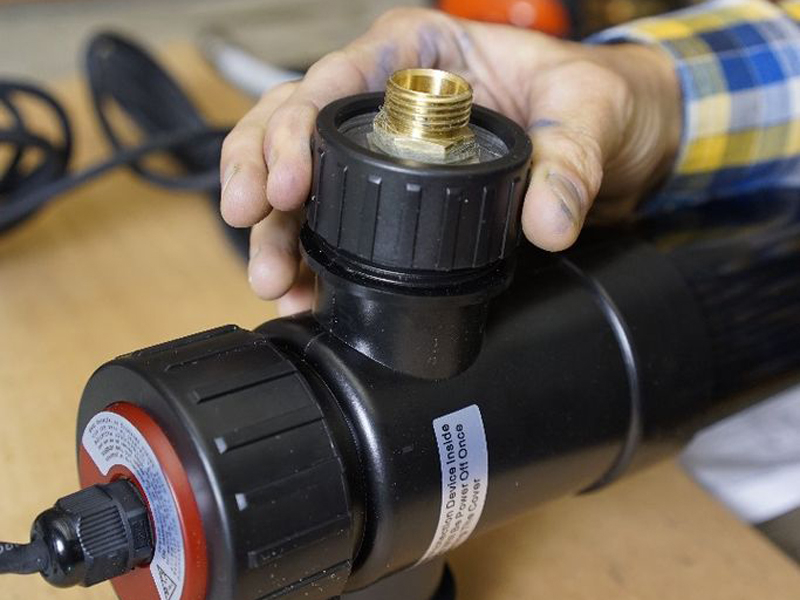
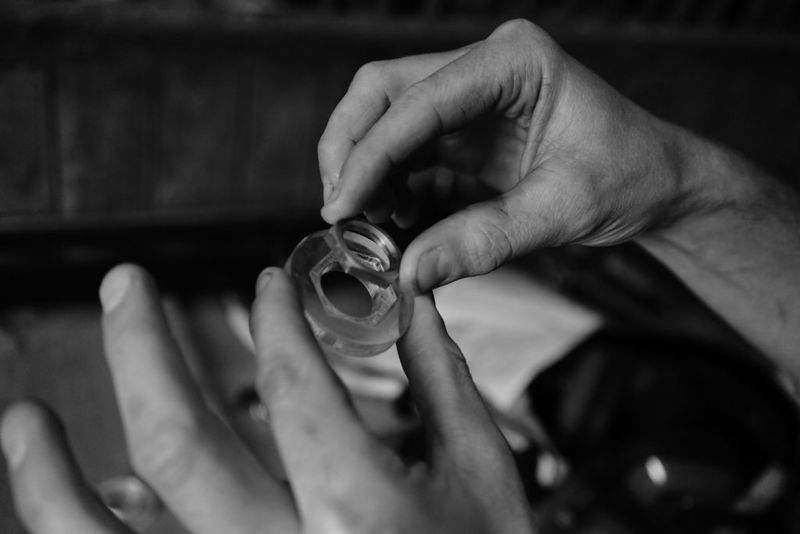
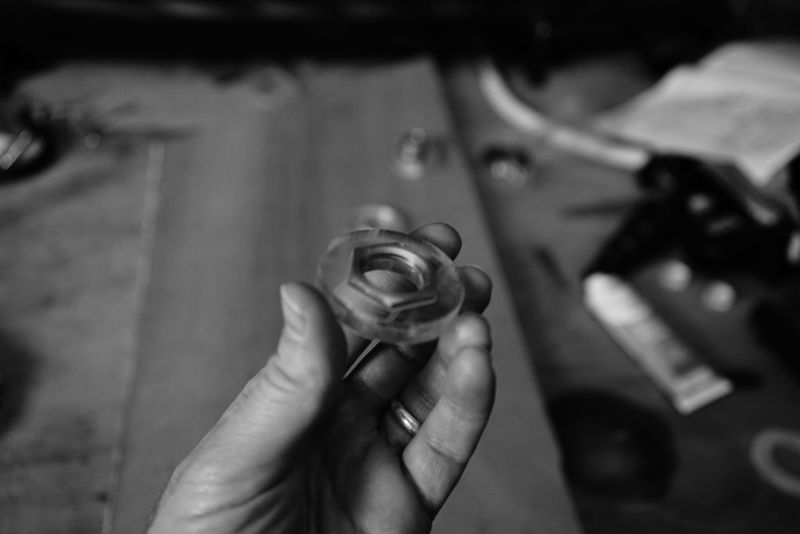
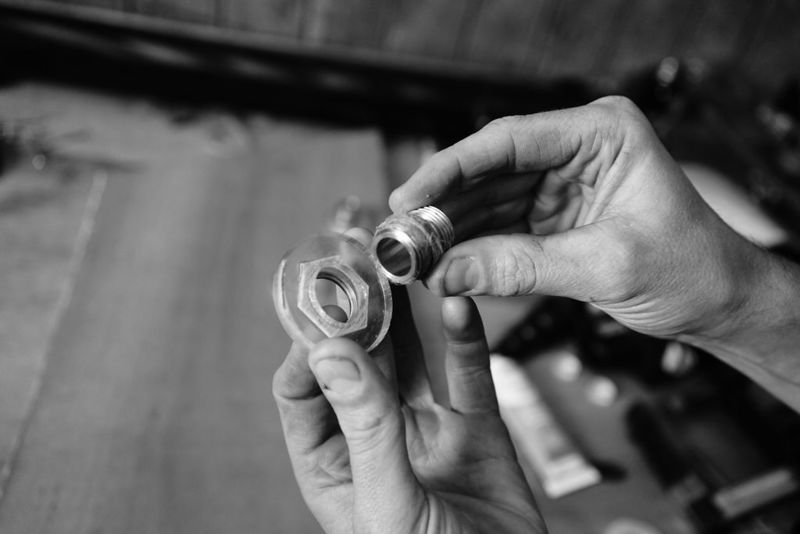
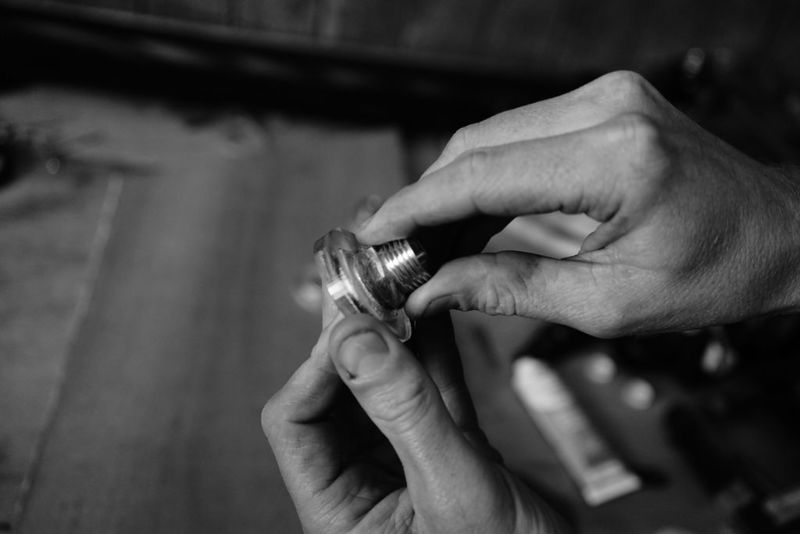
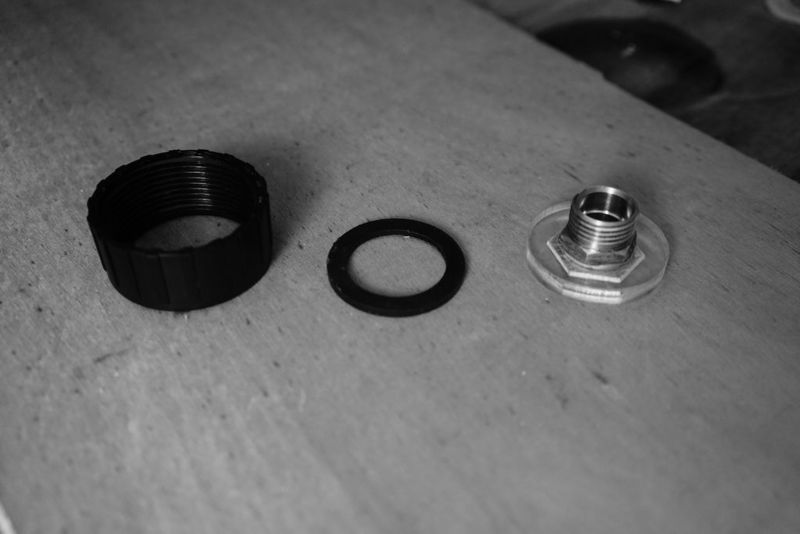
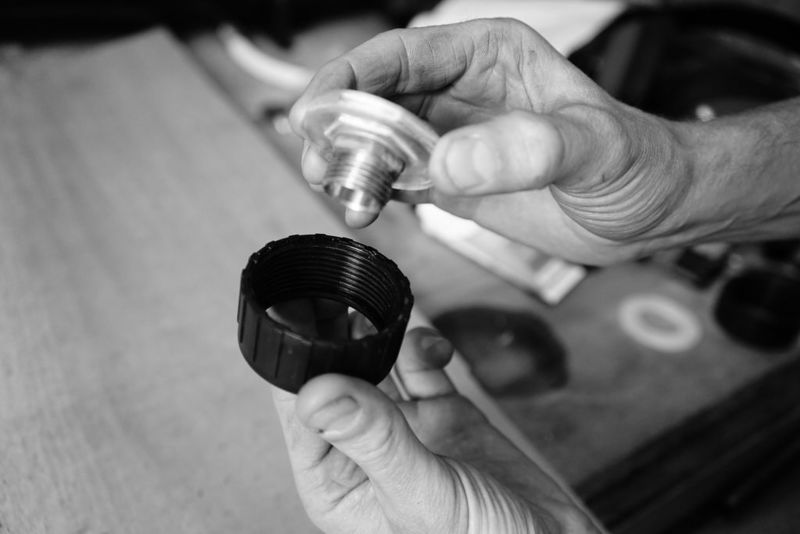
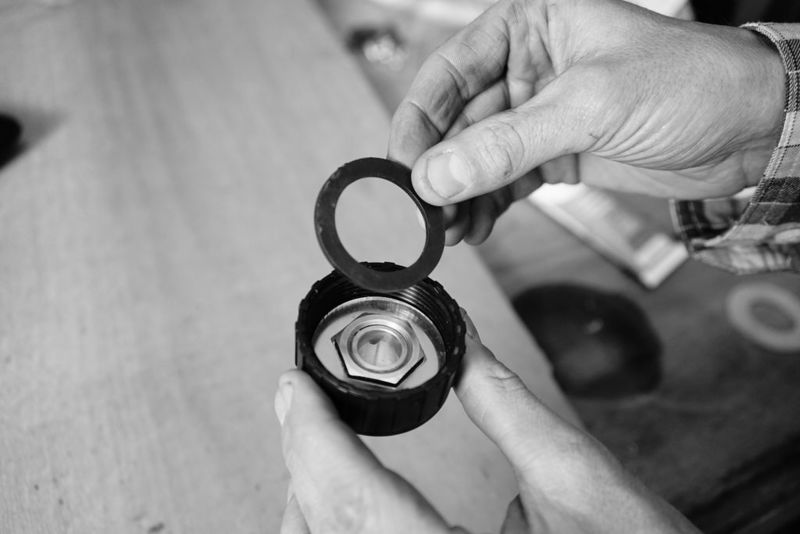
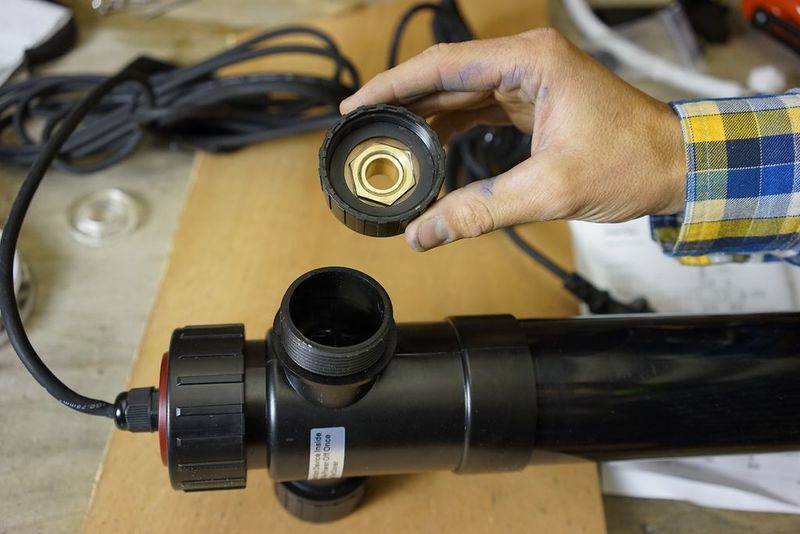
 Français
Français English
English Deutsch
Deutsch Español
Español Italiano
Italiano Português
Português